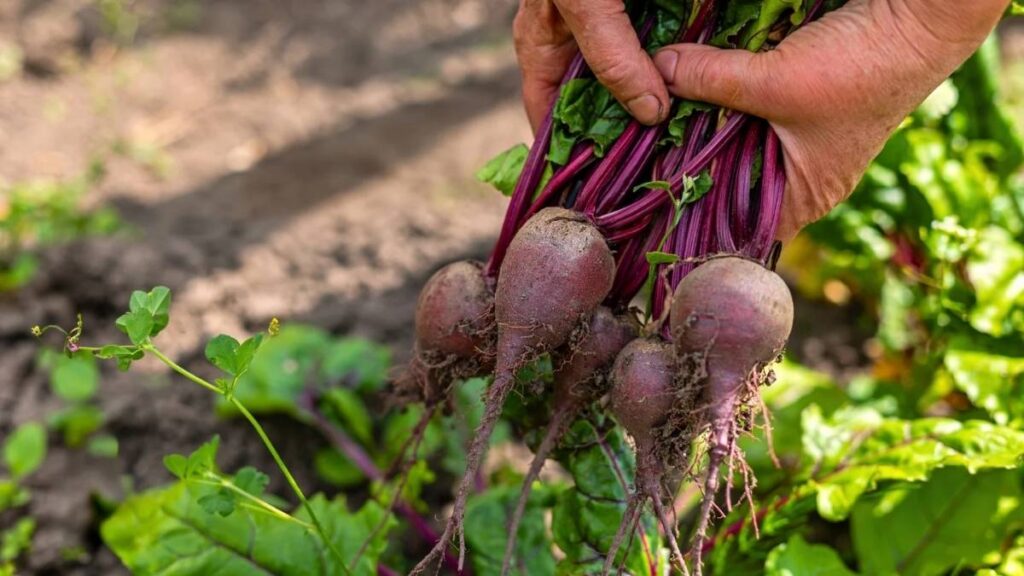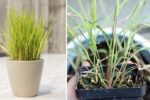Many home gardeners struggle with shady spots in their yards. While most vegetables prefer full sun, there are numerous varieties that can thrive with less light. Growing shade-tolerant vegetables allows you to make the most of every corner of your garden and ensures you have fresh, homegrown produce even in less sunny areas. This guide highlights 15 vegetables that do well in partial shade and provides tips for making your shade garden successful.
Understanding Shade in the Garden
Shade does not mean darkness. Most vegetables considered shade-tolerant can survive with three to six hours of sunlight daily. Understanding the type of shade in your garden is crucial. Some areas receive dappled sunlight, where light filters through trees for several hours a day, while others may get morning sun and afternoon shade. Assessing your garden’s light pattern is the first step in planning a productive shade garden.
Shaded areas are often cooler and retain more moisture, which can be advantageous for certain crops. However, these spots may also be more humid, which can increase the risk of fungal diseases. With proper planning and plant selection, these areas can be as productive as sunlit portions of your garden.
Leafy Greens for Shady Spots
Leafy greens are among the easiest vegetables to grow in partial shade. They are fast-growing, can tolerate cooler conditions, and provide multiple harvests throughout the season. These greens are nutritious, versatile, and ideal for salads, soups, and sautés.
Lettuce
Lettuce is extremely versatile and grows well in partial shade. Loose-leaf varieties, in particular, tolerate lower light levels and cooler temperatures. Shaded conditions help prevent lettuce from bolting too quickly, extending your harvest period. You can plant lettuce in early spring or late summer to take advantage of cooler, shaded conditions.
Spinach

Spinach thrives in cooler environments, making shaded areas ideal for growth. Partial shade slows down bolting and provides tender leaves for salads, smoothies, and cooking. Spinach is a quick-growing crop, which means you can enjoy multiple harvests throughout the season.
Kale
Kale is a hardy, nutritious green that tolerates partial shade. While growth may slow slightly, the leaves are still abundant and packed with vitamins. Kale can be grown almost year-round in many regions, and shaded areas help protect it from hot weather that can make the leaves tough or bitter.
Swiss Chard
Swiss chard does well in partial shade and adds vibrant color to the garden with its red, yellow, or white stems. Both leaves and stems are edible, making it a dual-purpose crop. Chard is also relatively low-maintenance, tolerant of varying soil conditions, and provides continuous harvests.
Arugula
Arugula is a fast-growing green with a peppery flavor that intensifies in partial shade. It can be harvested young for tender leaves or allowed to mature for larger, more flavorful foliage. Arugula is ideal for succession planting, meaning you can sow new seeds every few weeks for a continuous supply.
Root Crops That Manage in Shade
Some root vegetables can develop well even in lower light, provided the soil is loose and well-prepared. Partial shade slows growth slightly, but these crops still yield nutritious and tasty produce.
Beets

Beets thrive in partial shade, producing both edible roots and tender greens. The cooler environment helps the roots develop more slowly, resulting in a sweeter taste. Consistent moisture and well-drained soil are key for successful beet growth.
Radishes
Radishes are perfect for shaded beds because they grow quickly, often ready to harvest within three to four weeks. Their fast growth allows for multiple plantings during a single season. Radishes can be eaten raw, pickled, or added to salads for a peppery crunch.
Carrots
Carrots tolerate partial shade, although root growth may be slower and slightly smaller than in full sun. Loose, deep soil ensures straight, healthy roots. Carrots grown in shaded areas tend to be sweeter due to slower sugar breakdown in cooler conditions.
Turnips

Turnips are versatile, providing edible roots and greens. They grow well in shaded conditions and mature quickly, making them excellent for succession planting. Turnip greens are tender and flavorful, perfect for sautéing or adding to soups.
Vegetables from the Brassica Family
Cool-season vegetables, especially those in the brassica family, often tolerate shade better than sun-loving crops. Many of them prefer cooler temperatures, which shaded areas naturally provide.
Cabbage

Certain cabbage varieties do well in partial shade, particularly in regions where full sun can become too hot. Cabbage prefers rich, well-drained soil and consistent moisture. Shade can slow growth slightly, but the heads still develop fully and remain dense and flavorful.
Broccoli and Cauliflower
Broccoli and cauliflower are cool-season crops that benefit from the lower temperatures of shaded areas. Partial shade prevents overheating and helps the plants grow steadily. Both crops require fertile soil and regular watering, but they perform surprisingly well even without full sun.
Mustard Greens
Mustard greens are fast-growing leafy vegetables that thrive in partial shade. They have a distinct, peppery flavor and can be harvested multiple times during the season. Mustard greens add variety and spice to salads, stir-fries, and soups.
Other Shade-Friendly Vegetables
Several additional vegetables are excellent for partial shade and can make use of smaller or less sunny garden areas.
Peas

Peas prefer cooler temperatures and tolerate partial shade well, especially in warmer climates. They can climb trellises or fences, making efficient use of vertical space in shaded areas. Fresh peas are sweet, tender, and perfect for salads, stir-fries, or steaming.
Scallions
Scallions, also known as green onions, grow well in low-light conditions. They require minimal sunlight and can be harvested continuously throughout the season. Scallions add flavor to almost any dish and are a practical, easy-to-grow crop for shaded spots.
Tips for Growing Vegetables in Shade
Growing vegetables in shaded areas requires some planning, but it is very rewarding. Consider the following tips to maximize success:
- Select the brightest spot in your shaded area, ideally where sunlight filters in during morning or late afternoon.
- Improve soil fertility with compost or organic matter to help plants grow stronger in lower light.
- Maintain consistent moisture, as shaded areas can dry unevenly despite appearing cooler.
- Use succession planting to harvest fast-growing crops like lettuce, radishes, and arugula multiple times.
- Monitor for pests and diseases, as shaded, humid conditions may attract fungi or slugs.
- Be patient and accept slightly slower growth or smaller yields compared to full-sun crops.
Final Thoughts
Shaded areas in your garden are not wasted space. With the right plant choices and proper care, you can transform these corners into productive, lush gardens. Leafy greens, root vegetables, and cool-season crops all thrive in partial shade, providing a variety of flavors and nutrients. While growth may be slower than in full sun, the satisfaction of fresh, homegrown vegetables is worth it. Embracing shade gardening allows you to maximize every inch of your outdoor space and create a thriving, edible landscape that contributes to your table and your enjoyment. By experimenting with different crops and varieties, you can discover which plants perform best in your unique garden conditions, ensuring a diverse and abundant harvest all season long.



